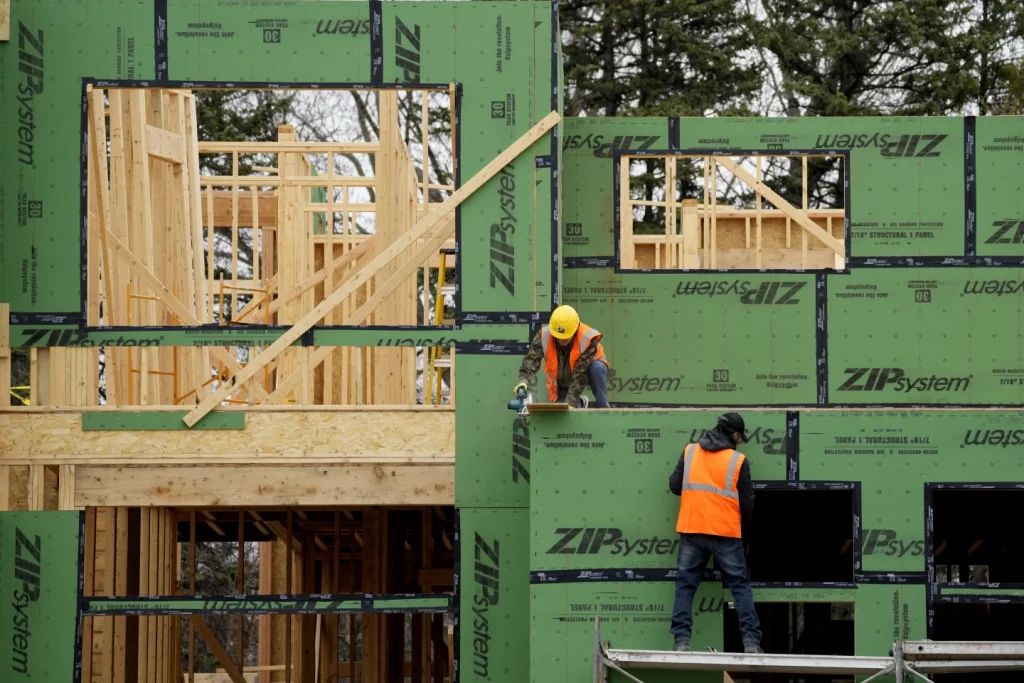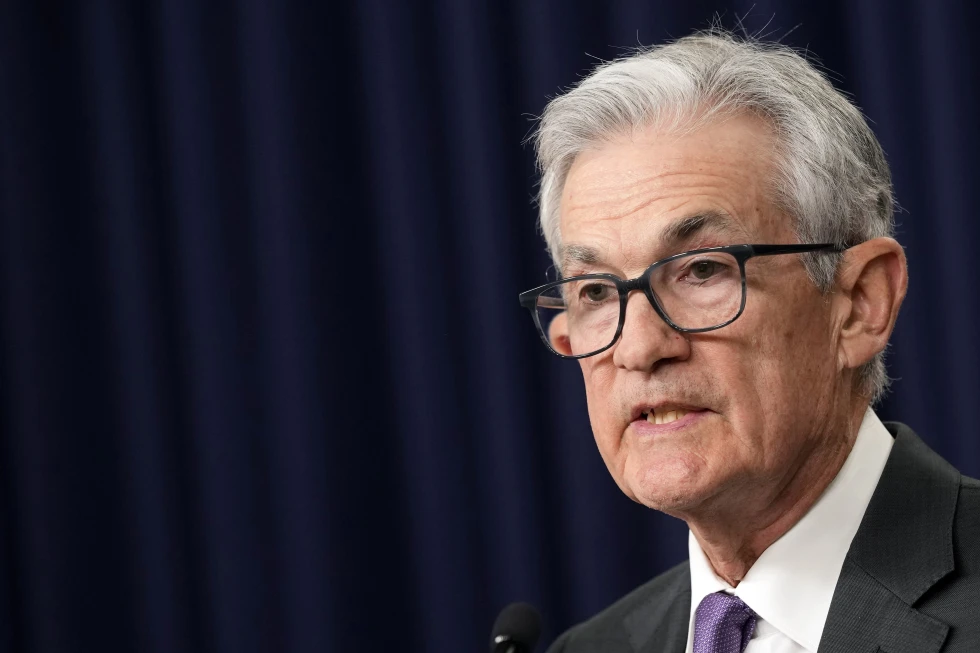Federal Reserve Chair Jerome Powell, in his recent address at the Federal Reserve Bank of San Francisco, reiterated the cautious stance of the Fed regarding potential interest rate cuts in the near future.
Powell emphasized the importance of observing sustained positive trends in inflation before considering any adjustments to monetary policy.
Despite the anticipation of a decrease in interest rates, Powell highlighted the necessity for a clear trajectory towards the Fed’s 2% inflation target.
The Federal Reserve’s response to the recent surge in inflation, which peaked at a four-decade high two years ago, involved a series of interest rate hikes starting in March 2022.
Over the course of subsequent months, the Fed raised its benchmark rate a total of 11 times, ultimately reaching a level of approximately 5.4%.
These decisive actions were instrumental in curbing inflation, with the rate dropping from a peak of 9.1% in June 2022 to 3.2% as of last month. However, despite this progress, inflation levels continue to exceed the Fed’s desired target of 2%.
Contrary to initial forecasts predicting an economic downturn due to the heightened interest rates, the United States economy has displayed resilience and continued growth.
The economy has expanded at an annual rate of 2% or higher for six consecutive quarters, defying expectations of a recession.
Furthermore, the labor market has exhibited strength, with the unemployment rate consistently below 4% for over two years, marking the longest sustained period of low unemployment since the 1960s.
Powell’s remarks underscore the Fed’s cautious approach to monetary policy adjustments, emphasizing the need for sustained positive inflation trends and economic indicators before considering any rate cuts.
The Fed’s proactive measures in response to inflation have proven effective in stabilizing the economy and containing price pressures.
Moving forward, the central bank will continue to monitor economic developments closely to ensure a balanced and sustainable path towards achieving its inflation target and supporting overall economic stability.

In the realm of economic policy, the Federal Reserve’s ability to strike a delicate balance between fostering growth and controlling inflation is paramount.
Recent indicators of sturdy growth coupled with a gradual slowdown in inflation have sparked optimism that the Fed is orchestrating what is often referred to as a “soft landing” – a scenario where inflation is tamed without triggering a recession.
The central bank has hinted at a potential shift in policy, suggesting the likelihood of three rate cuts within the current year.
Federal Reserve Chairman Jerome Powell, in assessing the current economic landscape, acknowledged the robustness of the economy.
Powell emphasized that the Fed is not under immediate pressure to reduce rates, given the prevailing strength of the economy. He underscored the importance of monitoring inflation metrics before making any significant policy adjustments.
During a recent discussion moderated by Kai Ryssdal of public radio’s “Marketplace” program, Powell was posed with a question about the prospect of declaring victory over inflation.
In response, Powell exhibited a cautious demeanor, expressing his reluctance to prematurely declare success. “We’ll jinx it,” he remarked, alluding to his superstitious inclination.
The Federal Reserve’s approach to managing the economy reflects a delicate dance between stimulating growth and curbing inflationary pressures.
The concept of a “soft landing” embodies the ideal scenario where the economy transitions smoothly from a phase of rapid expansion to a more sustainable pace without succumbing to a recession.
Achieving this delicate equilibrium requires a nuanced understanding of economic indicators, policy tools, and the broader global economic landscape.
The Fed’s decision-making process is guided by a combination of data-driven analysis, economic forecasts, and real-time assessments of market conditions.
The central bank’s ability to adapt its policies in response to evolving economic trends is crucial in maintaining stability and fostering sustainable growth.
Powell’s cautious stance underscores the importance of vigilance and prudence in navigating the complexities of the modern economic environment.
As the global economy continues to face uncertainties and challenges, the Federal Reserve’s role in shaping monetary policy remains pivotal.
The delicate balance between growth and inflation management requires a judicious approach that takes into account a multitude of factors, ranging from domestic economic indicators to geopolitical developments.
In conclusion, the Fed’s pursuit of a “soft landing” strategy represents a testament to its commitment to fostering economic stability and sustainable growth.
Powell’s cautious optimism and superstitious quip serve as a reminder of the unpredictable nature of economic forces and the need for prudent decision-making.

As the economic landscape evolves, the Federal Reserve’s ability to navigate these challenges will be crucial in shaping the future trajectory of the economy.
In the intricate dance of economic policy, the Fed’s balancing act stands as a testament to its role as a steward of economic stability and prosperity.
By treading carefully and adapting to changing circumstances, the central bank aims to steer the economy towards a path of sustainable growth and stability, all while remaining mindful of the ever-present specter of inflationary pressures.
